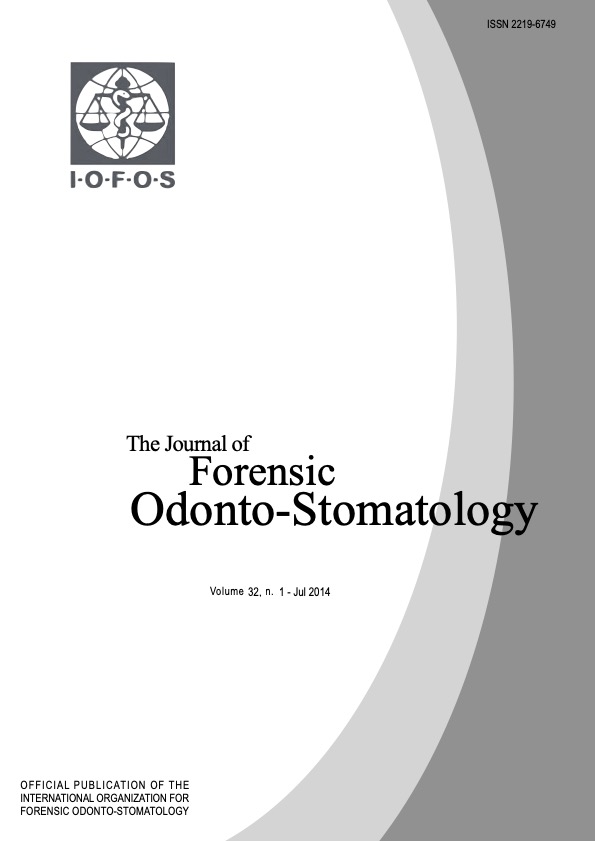Are they dermatological lesions, bottle top burns or bite mark injuries?
Keywords:
Forensic Odontology, Bite Marks, Child abuse and neglect, Dermatological lesions, Siblings and play matesAbstract
Bite marks can be considered as a patterned injury where identification of the causative tool will lead to the identification of the perpetrator. When patterned injuries resembling bite marks are seen on the victim or an assailant of a potential crime, all efforts must be made to carry out an immediate and proper investigation.
The classical human bite mark pattern will appear as an oval or circular injury. However there are several dermatological lesions which can be misinterpreted or confused with bite marks. Similarly scars left as a result of contact with hot objects can sometimes bear a resemblance to bite marks. To the untrained eye, identification of bite mark injuries is not an easy task.
Since bite marks are common in cases of child abuse and neglect, it is recommended that dental surgeons with forensic background become members of the child abuse and neglect management teams.
During investigation of bite marks in alleged cases of child abuse and neglect, it is imperative to compare the injury with dentition of all the persons who have direct access to the child including siblings and playmates. Information revealed through the forensic analysis of bite marks not only helps in the criminal investigation but also in the clinical management of the persons concern

